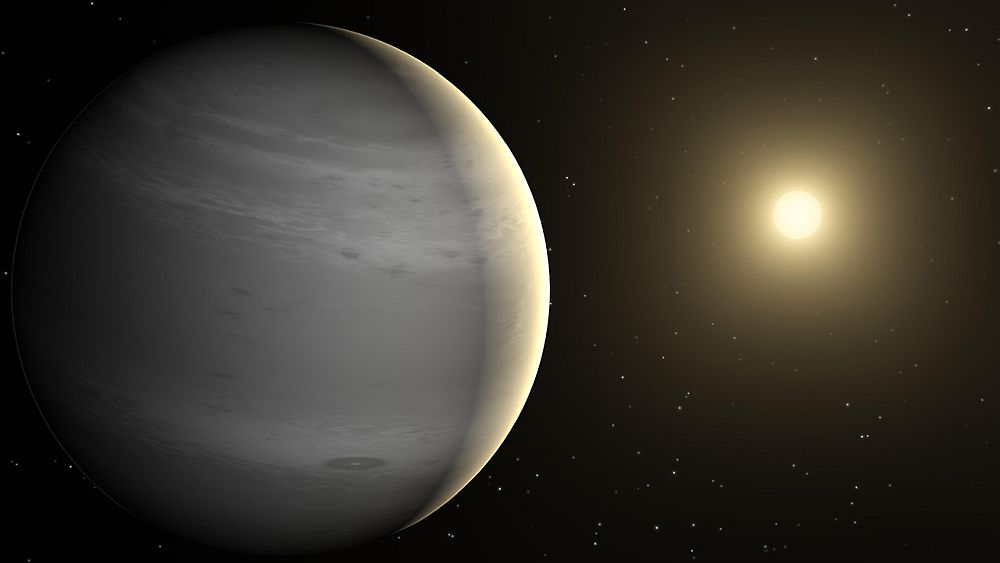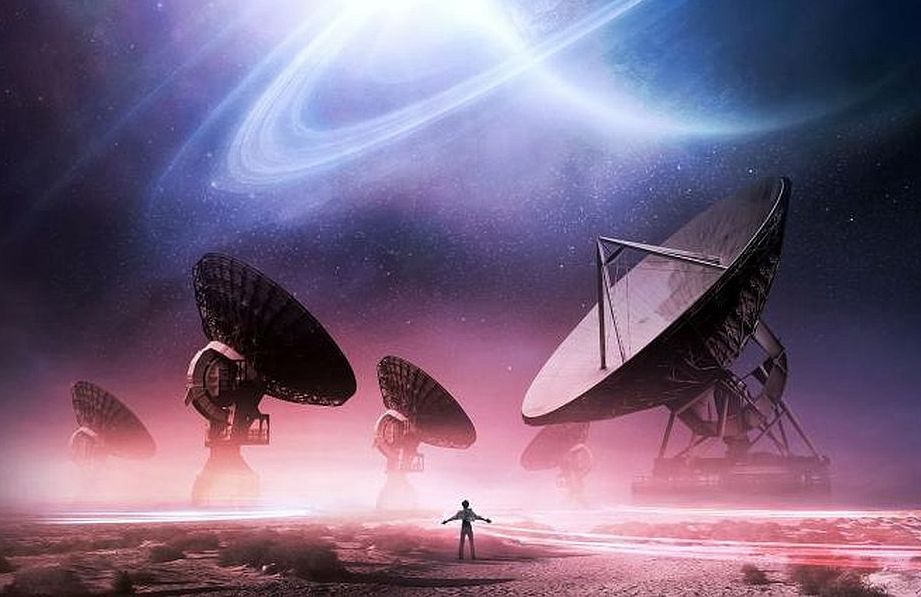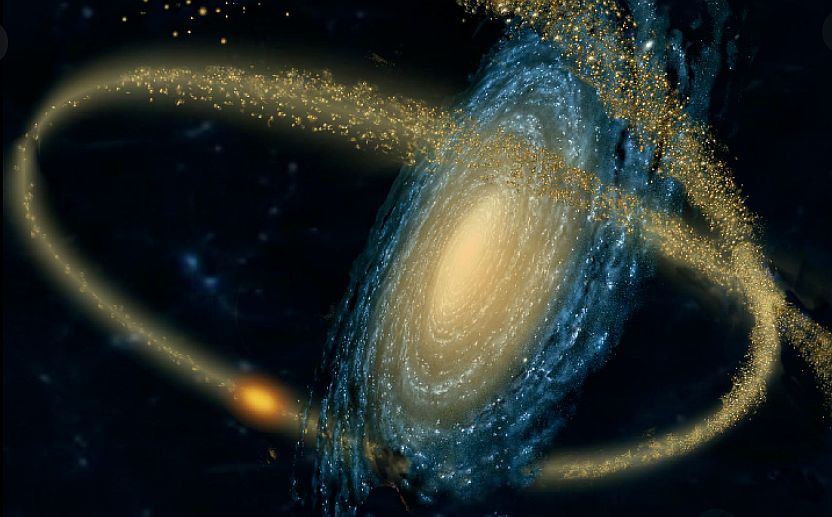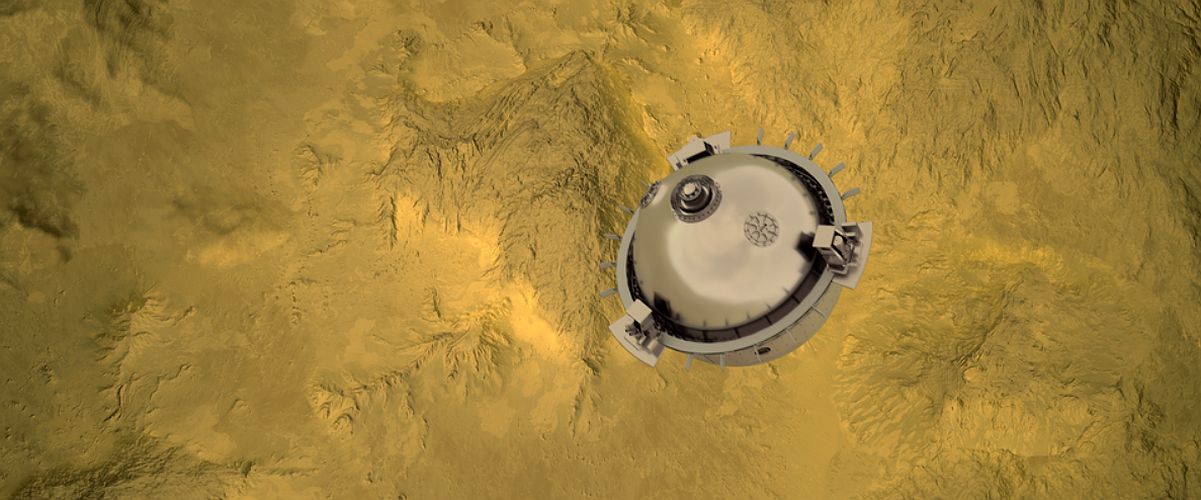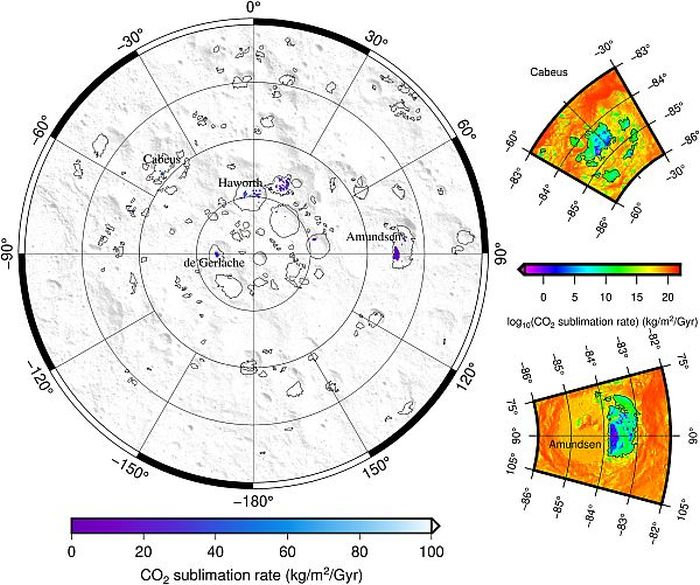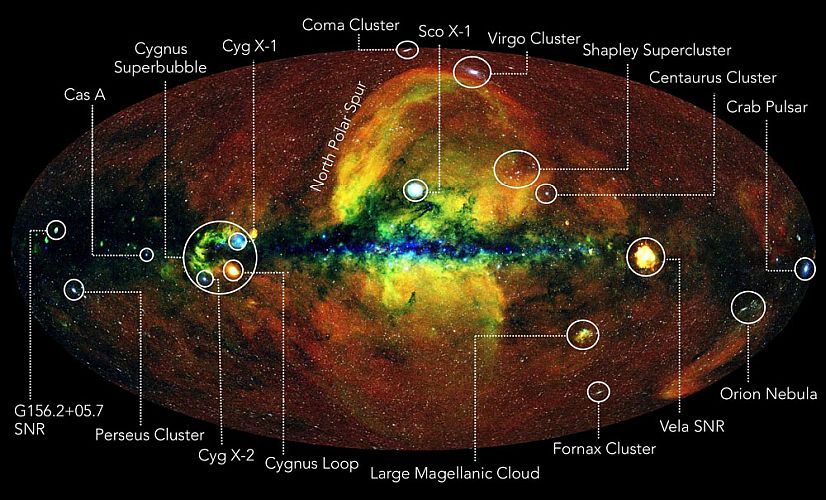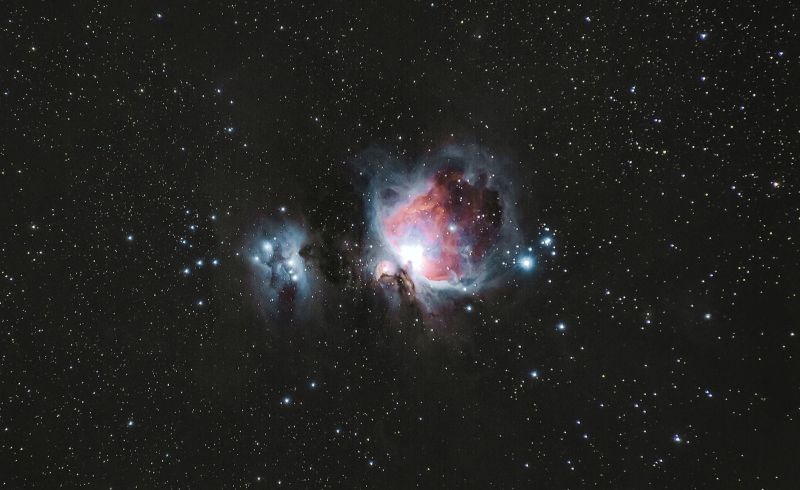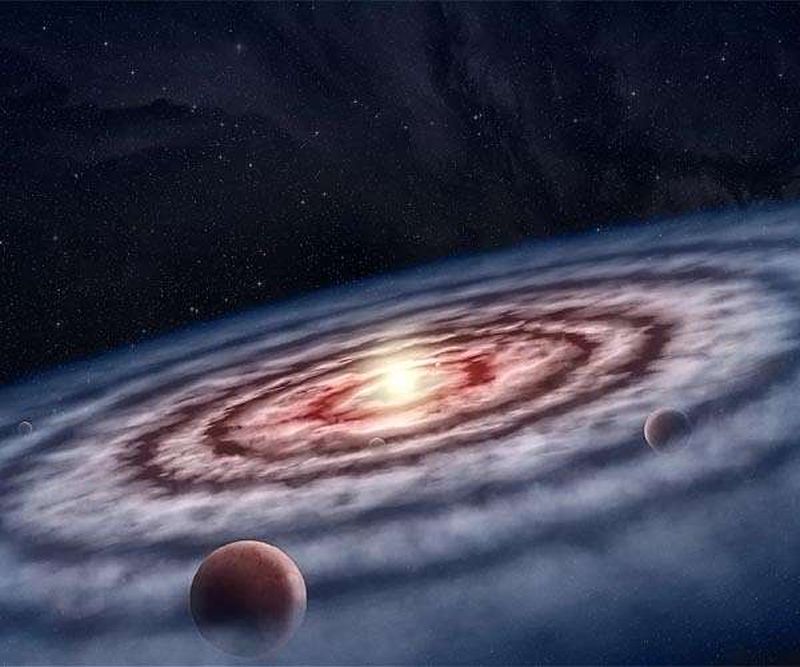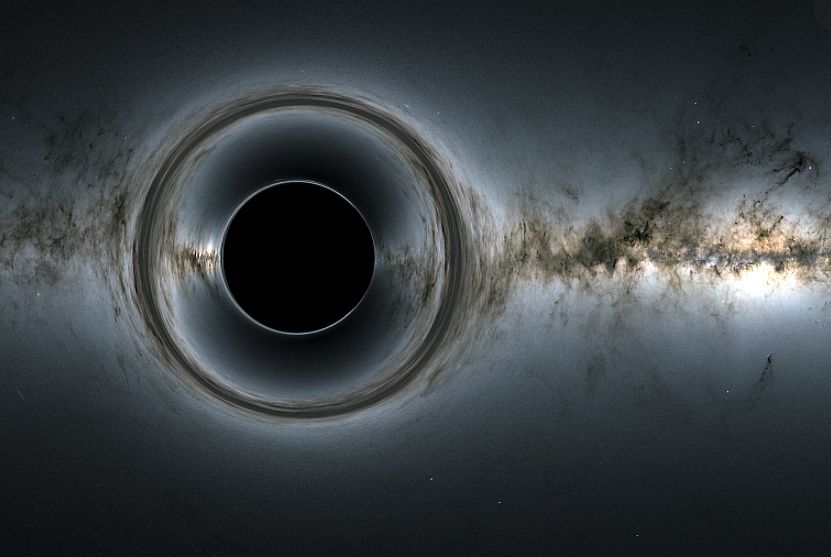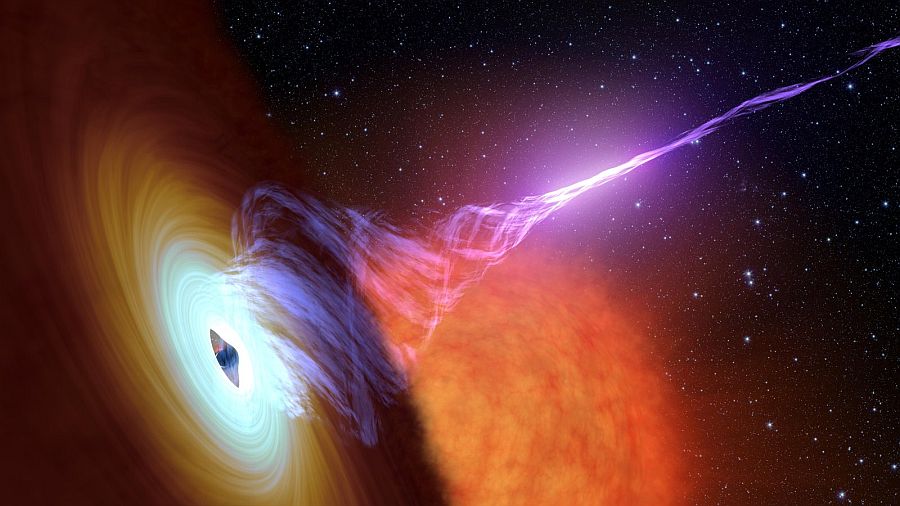Hunt for a new stellar body is always on. Space is full of astronomical bodies and star gazers continuously search for new stars and planets into the known realm of humanity. In one such effort, an astronomer at University of California, Riverside in collaboration with a group of citizen scientists have spot a huge gas planet. The newly discovered body is otherwise hidden from view by typical stargazing tools.
Read MoreTag: space exploration
Book Review: Contact by Carl Sagan
Last year I saw the movie, Contact. And I found the plot very propulsive, so decided to read the book written by Carl Sagan. Like a teenager, I’m equally fascinated with the idea of space exploration and extra-terrestrial life/intelligence. And reading Contact was surely a treat.
Read MoreStellar Streams’ Trajectory Reveals the Dark Matter: Mysterious Universe
Understanding the properties of dark matter is the most important quest for astronomers. Many have dedicated their years to research just to take a sneak peek into what actually comprises of dark matter. In a recent research, astronomers have detected twelve streams of stars spiralling within the outermost region of our galaxy.
Read MoreVenus could be a Life-bearing Planet: Space Exploration
Space scientists have always looked up to our closest planet neighbour and wondered what if there is life on Venus. Sanjay Limaye, from University of Wisconsin-Madison Space Science also an expert on Venus says that in the coming decade in a collective effort, astronomers all across the globe will make case for exploring the “evening star”. With an experience of over 45 years, Limaye’s core investigation is the planet’s dense atmosphere.
Read MoreBook Review: The Moon is a Harsh Mistress by Robert A. Heinlein
The Moon is a Harsh Mistress happens to be my first peek into Heinlein’s work. The book is embedded with wonderful interstellar imagination – artificial intelligence, extra-terrestrial colonization, and interplanetary warfare.
Read MoreBiofuel to Produce Locally on Mars: Martian Exploration
What if we are able to produce fuel directly on Mars? Explorers would then be able to stay on the red planet a li’l longer and return journey will then be easier relatively. Shipping the propellant and oxygen for a return journey from Mars would cost billions of dollars. To make things easier, researchers have developed a concept for local rocket fuel production with algae and E.coli.
Read MoreLunar Cold Traps Confirmed: Moon’s Special Regions
Moon exhibits tenuous atmosphere. Its low gravity enables gases to escape into the outer space effortlessly. Heavier atoms, however, are ionised by sun’s ultraviolet radiation, which are then drifted away from the Moon by the solar flares.
Read MoreMagnetic Tunnel Surrounds Our Solar System: Galactic Bodies
Radio astronomy is very fascinating since it shows the “other side” of reality which we do not witness in our everyday life. Of course, due to our own limitations. Dr. Jennifer West, an astrophysicist at the Dunlap Institute for Astronomy & Astrophysics suggests that a gigantic magnetic tunnel surrounds our solar system. This magnetic flux can be observed in radio waves.
Read MoreInterview: Dr Benjamin Pope, an Astrophysicist at The University of Queensland, Brisbane
Dr Benjamin Pope is a physicist and data scientist at The University of Queensland, Brisbane. He is working to find planets around other stars using NASA space telescopes. With the help of leading-edge machine-learning algorithms, he is trying to dig up tiny signals out of the noise to expand our knowledge of the universe.
Read MoreRadio Signals from Hidden Planet Star Interaction: New Exoplanets
In a collaborative effort, an international team of astronomers at The University of Queensland and the Dutch national observatory ASTRON have been looking for planets with the help of the most powerful radio telescope – Low Frequency Array (LOFAR) – located in the Netherlands. Recently, they were able to figure out stars spewing off radio waves. This hints at the presence of some hidden planets.
Read MoreInterview: Dr. Kamber Schwarz, Postdoctoral Researcher at Max Planck Institute for Astronomy Heidelberg
Dr. Kamber Schwarz is a postdoc at MPIA in Heidelberg. She has been a NASA Sagan Postdoctoral Fellow in the Lunar and Planetary Laboratory at the University of Arizona. She received her PhD in Astronomy & Astrophysics from the University of Michigan in 2018. She is also the recipient of the prestigious Ralph B. Baldwin Prize in Astronomy, 2020.
Read MoreTracing the Beginnings of Planet Formation: Stellar Factory
Astronomers led by Kamber Schwarz (MPIA in Heidelberg) have successfully deduced the mass of a potential “planet factory”, the protoplanetary disk around the star GM Aurigae. With the help of radio data from the ALMA observatory and physical modelling, the astronomers were able to track the GM Aurigae system.
Read MoreSupercomputer Simulation to Investigate Black Hole and Galaxy Coevolution: Quasar Fueling
Big question regarding the formation of black holes and how they grow under different regimes have always been the holy grail for astrophysicists. Our galaxy hovers around a massive black hole which, under normal circumstances, is surrounded by spinning gases. Not much is known about these gases, however, some shine brightly, with an unceasing supply of fuel. While others go to a state of temporary dormancy and erupts again later with an influx of gases.
Read MoreX-ray Emission from Behind Black Hole: Galactic Nuclei
Black holes are the most fascinating phenomena in the universe. Any new finding regarding the intricacies of black hole makes us wonder how less we know about it. This uncanny object is famous for ingesting huge quantities of matter from its surroundings, beaming with glittering luminosity and spilling out small portion of this matter by means of very powerful jets.
Read MoreBook Review: The Future of Humanity by Michio Kaku
Lately, Dr. Michio Kaku’s book The Future of Humanity caught my attention. The book is uber fascinating and it was difficult to put it down, I finished reading in less than a week. I wasn’t reading, rather I was witnessing the ‘space odyssey’ in Dr. Kaku’s style.
Read More
